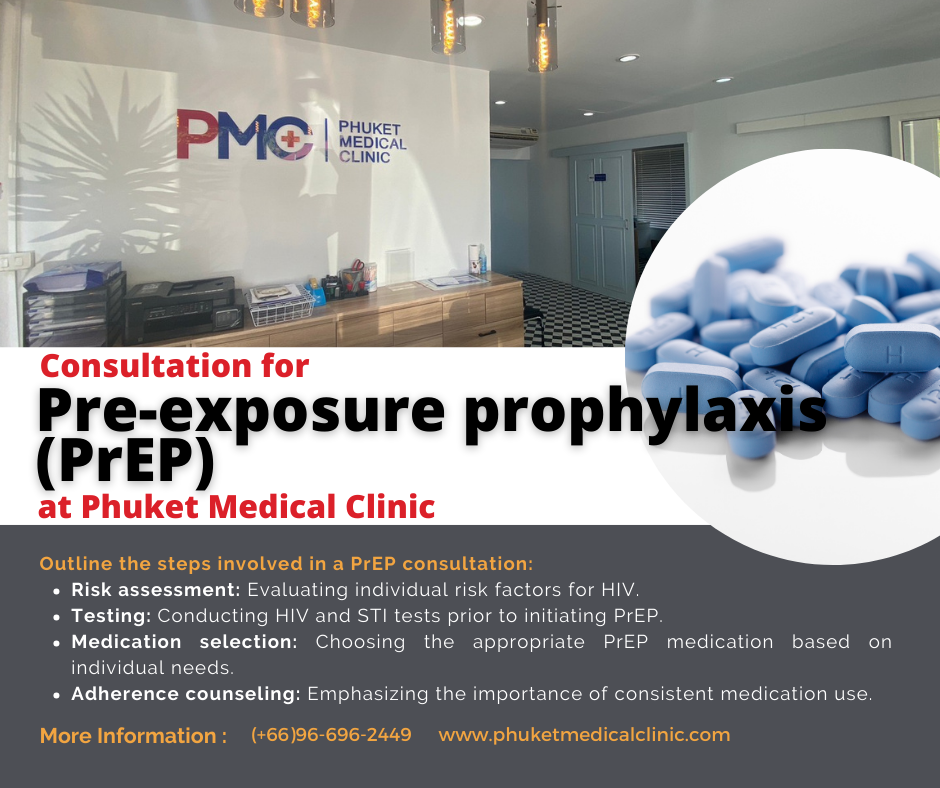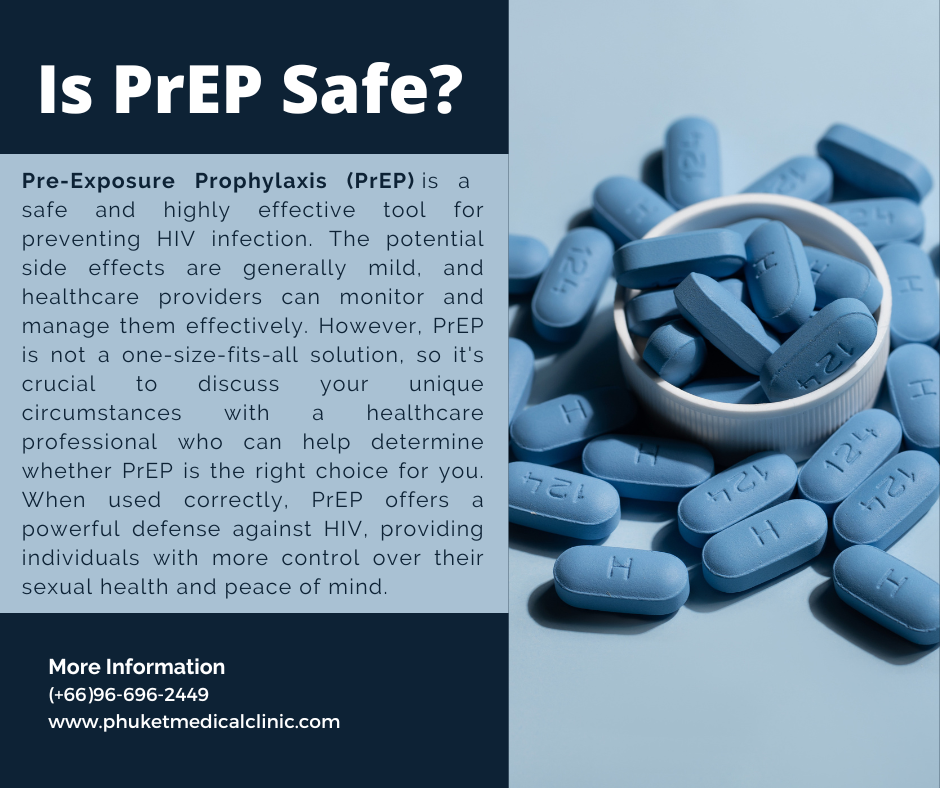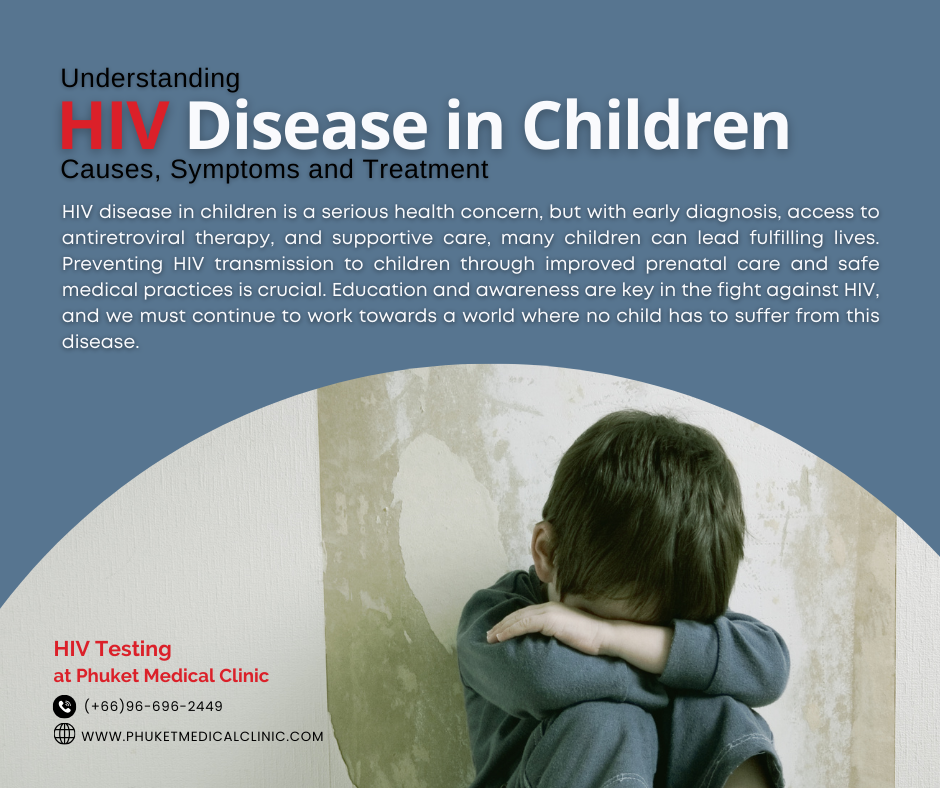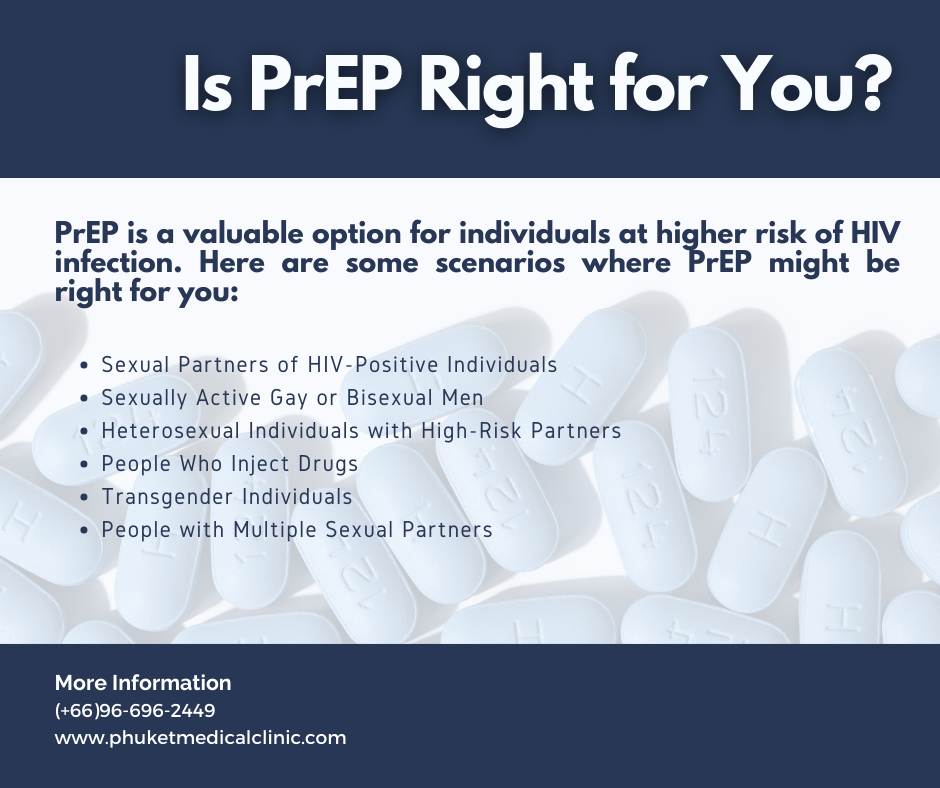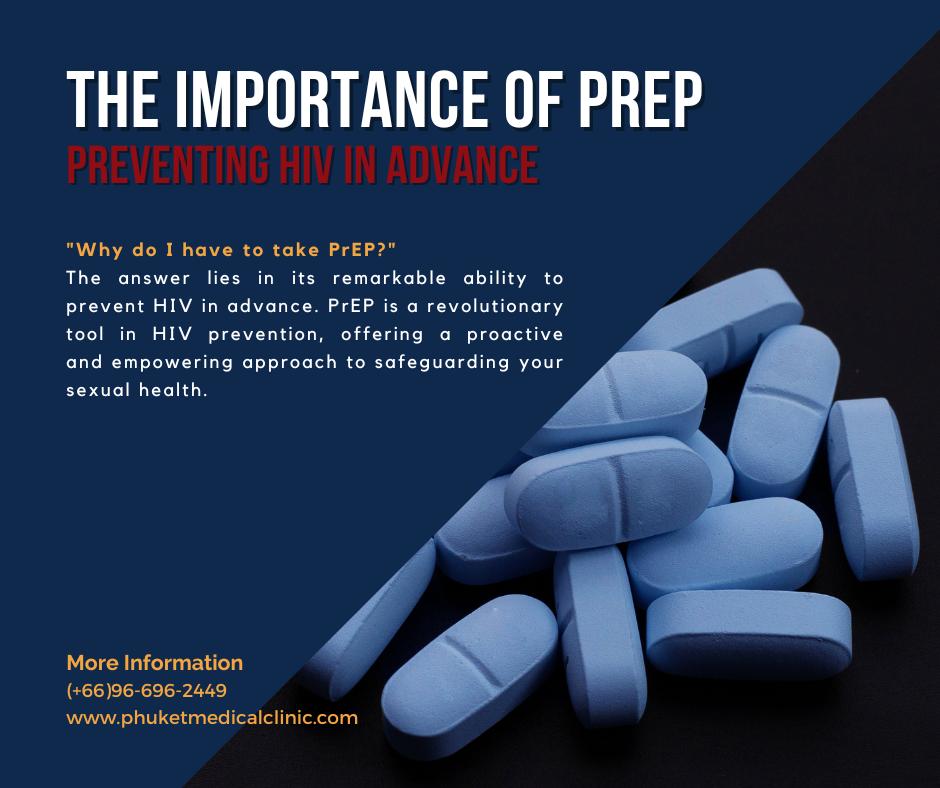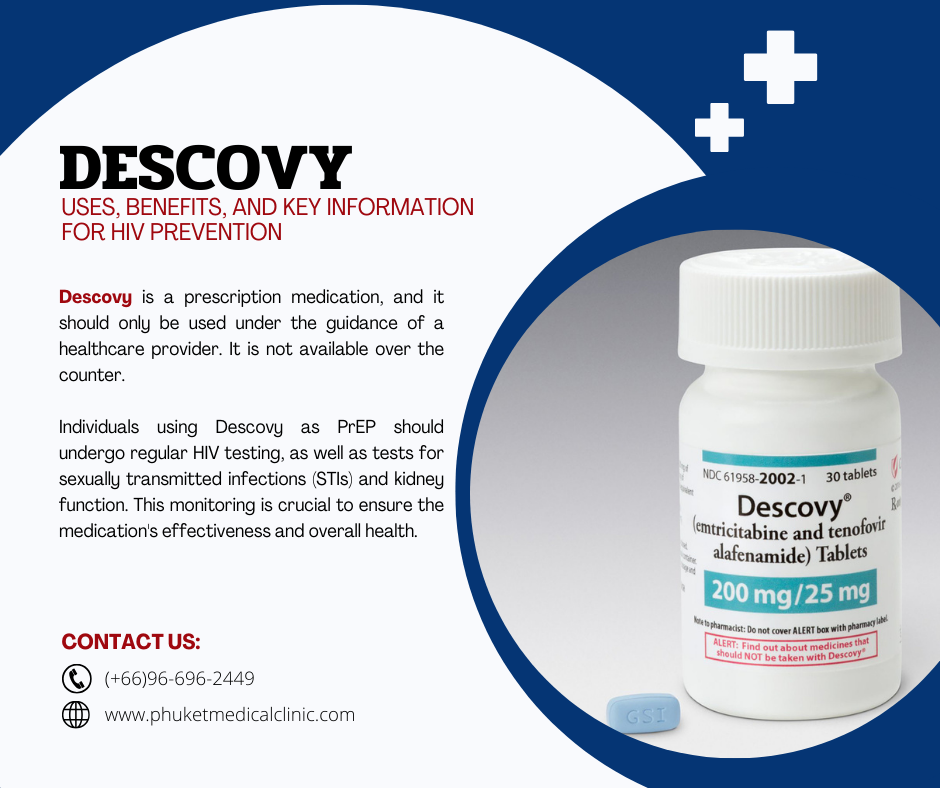In recent years, the landscape of HIV prevention has seen significant advancements, with Pre-Exposure Prophylaxis (PrEP) emerging as a powerful tool in the fight against the spread of the virus. This comprehensive consultation guide aims to provide a thorough understanding of PrEP, its benefits, considerations, and key insights for individuals considering this groundbreaking preventive measure.
Is PrEP Safe?
In the world of HIV prevention, Pre-Exposure Prophylaxis (PrEP) has gained significant attention and popularity. However, many individuals considering PrEP may have concerns about its safety. This article aims to provide a comprehensive guide to answer the question: Is PrEP safe? We’ll explore what PrEP is, its effectiveness, potential side effects, and essential safety considerations.
Understanding HIV Disease in Children: Causes, Symptoms and Treatment
One of the primary ways children acquire HIV is through vertical transmission, which occurs during pregnancy, childbirth, or breastfeeding. HIV-positive mothers can pass the virus to their babies if not properly managed. This highlights the importance of prenatal care and medical interventions to reduce the risk.
Is PrEP Right for You?
PrEP is a valuable option for individuals at higher risk of HIV infection. Here are some scenarios where PrEP might be right for you:
Sexual Partners of HIV-Positive Individuals: If you have a sexual partner who is HIV-positive or engages in risky sexual behaviors, PrEP can be a crucial safeguard for you.
Sexually Active Gay or Bisexual Men: Studies have shown that gay and bisexual men face a higher risk of HIV transmission. PrEP can be a valuable tool in reducing this risk.
How Do You Know If You Need PEP?
Recent High-Risk Exposure: The most common situation in which PEP is recommended is after recent high-risk exposure to HIV. High-risk activities include unprotected sexual intercourse with a partner whose HIV status is unknown or positive, sharing needles or drug equipment, and occupational exposure (e.g., healthcare workers accidentally exposed to contaminated blood).
Timing is Critical: PEP should ideally be initiated as soon as possible after potential exposure, preferably within 72 hours (3 days) but certainly within 36 hours for the best effectiveness. The sooner you start PEP, the more likely it is to prevent HIV infection.
The Importance of PrEP: Preventing HIV in Advance
In the world of HIV prevention, there has been significant progress over the years. One of the most groundbreaking developments in this field is Pre-Exposure Prophylaxis, commonly known as PrEP. If you’ve ever wondered, “Why do I have to take PrEP?” this article is here to provide you with comprehensive answers. PrEP is a powerful tool that offers a proactive approach to reducing the risk of HIV infection. Let’s explore the importance of PrEP in preventing HIV in advance.
The Crucial Importance of Taking PEP Within 72 Hours
PEP is a short-term antiretroviral treatment designed to prevent HIV infection after a potential exposure. It is typically prescribed for individuals who may have been exposed to HIV through unprotected sexual intercourse, sharing needles, or other high-risk activities. PEP consists of a 28-day course of medication, and its success in preventing HIV largely hinges on prompt initiation.
PrEP and PEP for HIV Infection: Understanding the Key Differences
In the fight against HIV/AIDS, prevention is paramount. Pre-Exposure Prophylaxis (PrEP) and Post-Exposure Prophylaxis (PEP) are two essential strategies that have emerged as powerful tools in reducing the risk of HIV infection. While they share a similar goal, PrEP and PEP are distinct in their approach, administration, and timing. In this article, we will explore these two preventive measures, shedding light on their differences and highlighting their significance in the battle against HIV.
Disadvantages of PEP and PrEP in HIV Prevention
In the ongoing battle against HIV, medical advancements have introduced powerful tools like Post-Exposure Prophylaxis (PEP) and Pre-Exposure Prophylaxis (PrEP) to reduce the risk of HIV transmission. These medications have undoubtedly played a significant role in HIV prevention. However, it is essential to acknowledge that, like any medical intervention, PEP and PrEP come with their share of disadvantages and limitations. In this article, we will explore some of the key disadvantages associated with both PEP and PrEP.
Descovy : Uses, Benefits, and Key Information for HIV Prevention
Descovy is a prescription medication that belongs to a class of drugs called nucleoside reverse transcriptase inhibitors (NRTIs). It is primarily used for two main purposes:
HIV Prevention: Descovy is approved by the U.S. Food and Drug Administration (FDA) as a pre-exposure prophylaxis (PrEP) medication for individuals at high risk of contracting HIV. PrEP involves taking Descovy daily to reduce the risk of HIV infection.
HIV Treatment: Descovy is also used in combination with other antiretroviral medications as part of a comprehensive HIV treatment regimen. It helps lower the viral load in individuals living with HIV, ultimately slowing the progression of the disease.

